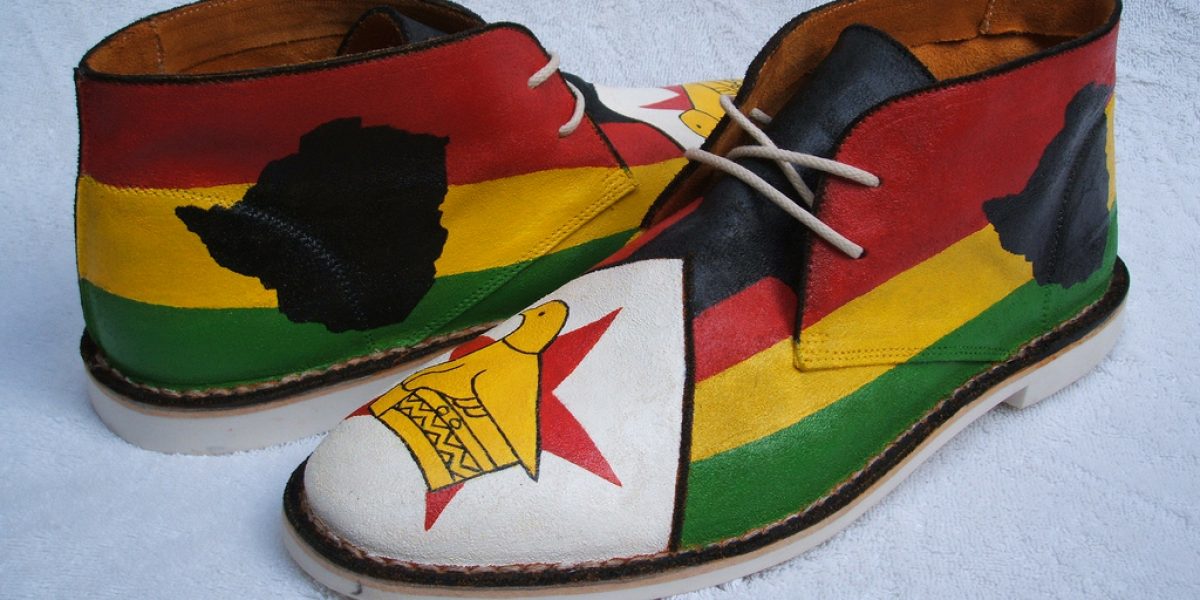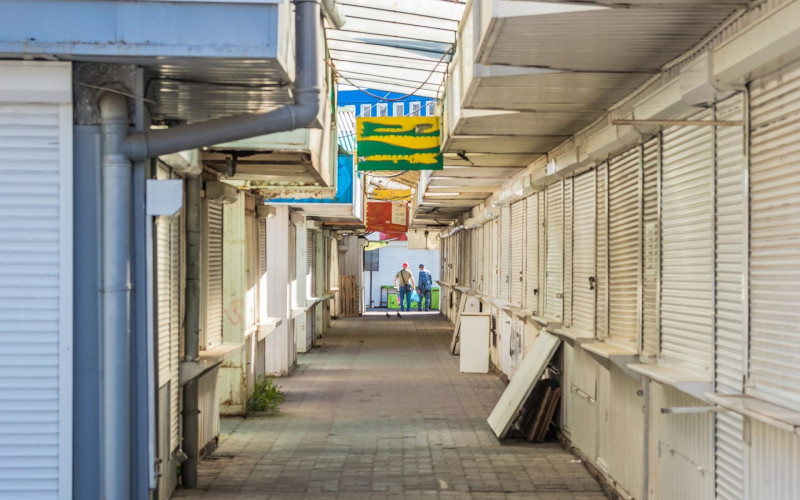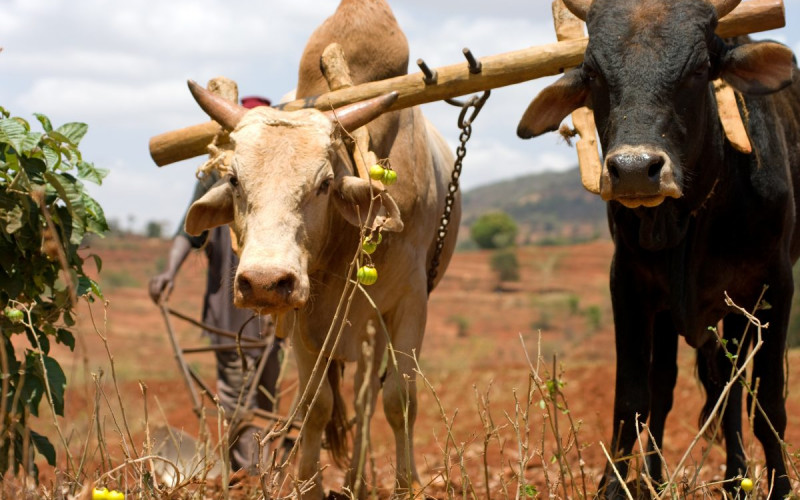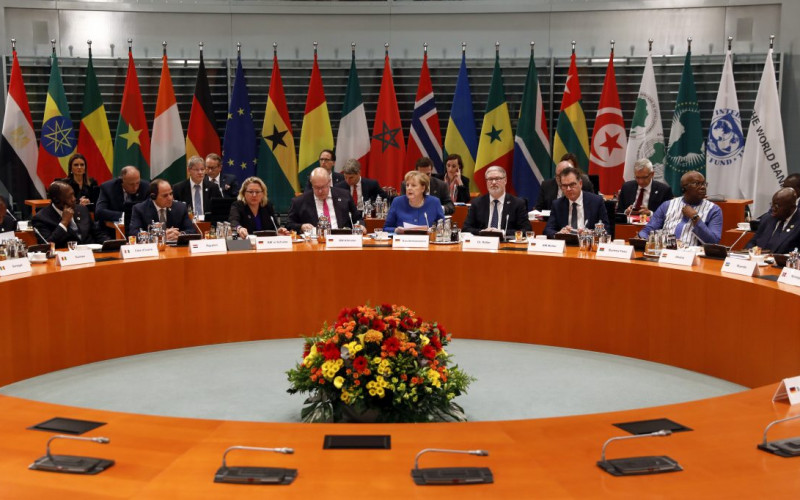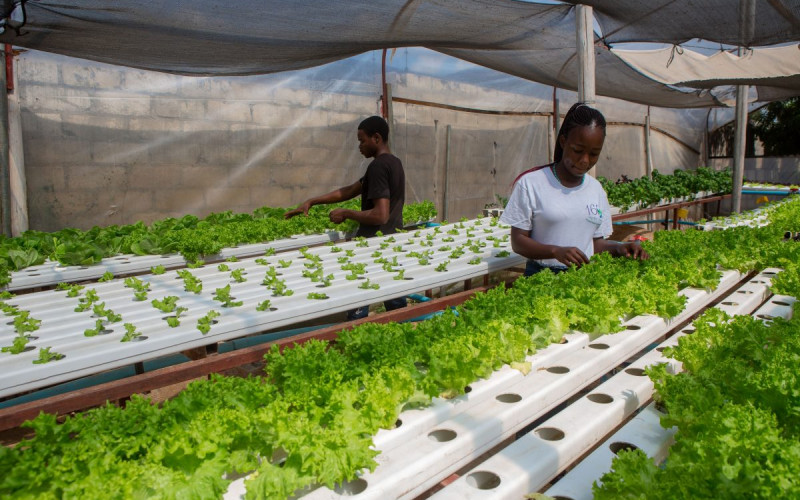Aid agencies have warned repeatedly over the past three years that half of Zimbabwe’s 12 million citizens were sitting on the brink of starvation. But catastrophe never followed. Despite poor rains and paltry harvests, Zimbabwe has not seen the kind of mass starvation that the Horn did in the 1980s. Shelves are often bare, but people are coping.
Did donor organisations cry wolf? ‘The crisis was overstated in terms of the threat of famine, but at the same time the chronic roots of the crisis were understated,’ according to the Oxford-based organisation Valid International. In addition to drought and the land reforms, HIV/Aids, 70% unemployment and runaway inflation have added to Zimbabwe’s food emergency.
Several factors, however, have helped avert disaster – so far. ‘Millions needed food assistance to stay alive and to retain their assets to recover and be productive after the acute crisis subsides,’ said Richard Lee, a spokesman for the World Food Programme, which distributed 452,955 tonnes of donated grain to Zimbabwe between July 2002 and June 2003. ‘But we never called this a famine.’
Lee praised swift international mobilisation, generous donor response, effective humanitarian relief strategies and governmental cooperation in Southern Africa.
Adaptation has also played a role. ‘People cope by cutting down on meals eaten per day, or they are forced to sell cattle and other assets,’ said Elijah Mukhala of the SADC Food Security Programme.
Many girls have been forced to marry earlier than usual, Lee added, and others have resorted to prostitution. There has also been extensive game poaching and livestock theft.
Valid International stressed that the many urgent appeals by relief organisations were meant to prevent rather than respond to a crisis.

